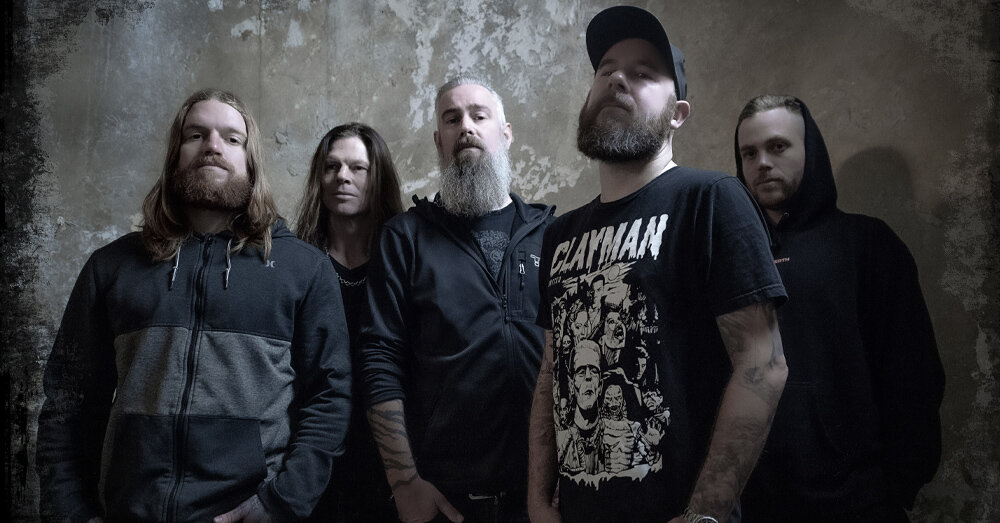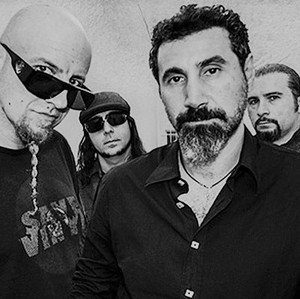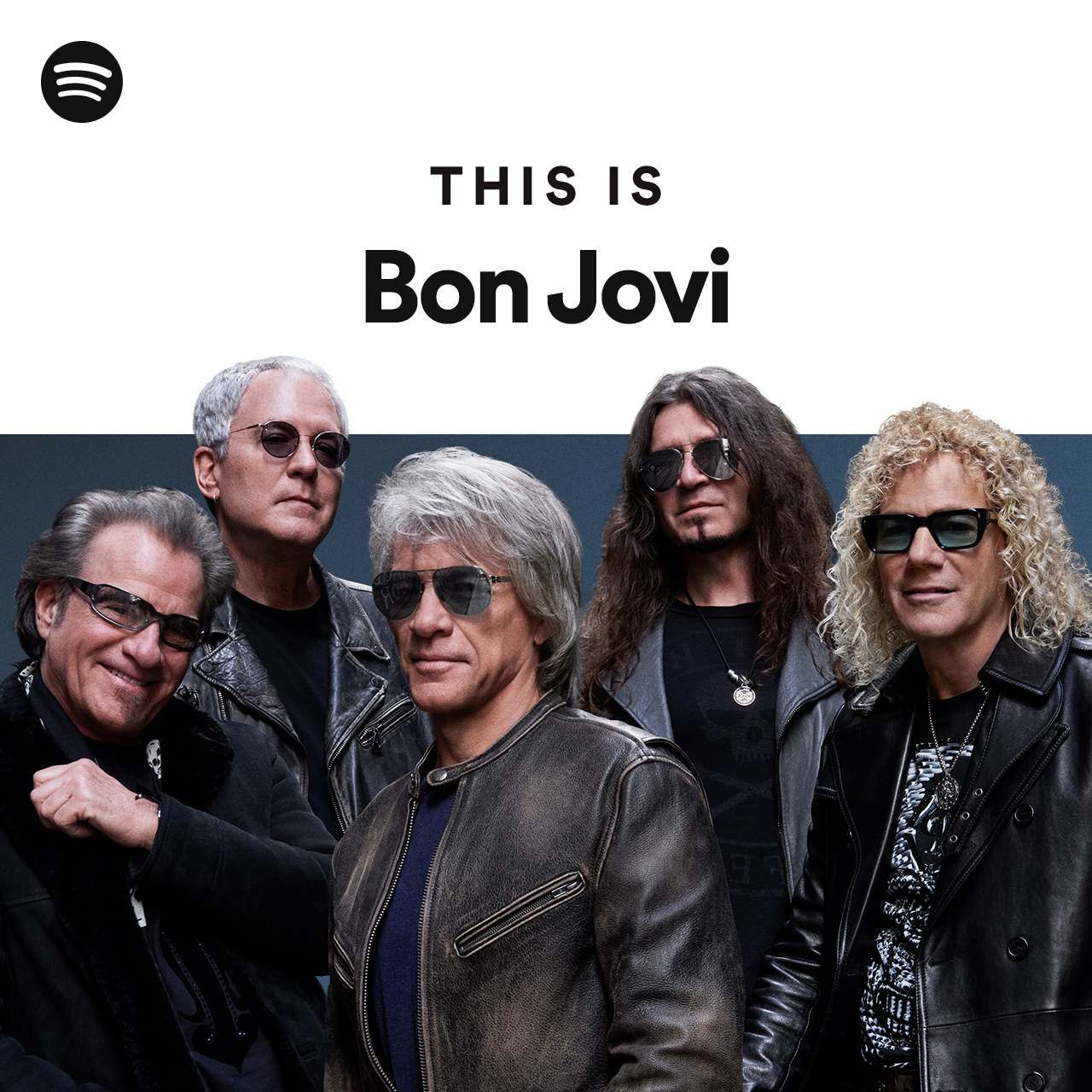And let’s talk about the lyrical content. Slipknot doesn’t shy away from the dark sides of human emotion. It’s like they’ve opened a window to the chaos within, allowing fans to find solace in shared struggles. Their ability to blend music with a message is akin to painting a masterpiece that’s both haunting and beautiful—an art form where every brushstroke resonates with fans on deeply personal levels.
The Masked Mavericks: How Slipknot Redefines Metal with Each New Album
Let’s not kid ourselves—Slipknot isn’t just another band. With their signature masks and jumpsuits, they’ve become living legends, inviting listeners into their wild, twisted universe. Each release peels back another layer of their complex identity, revealing raw emotions and introspective lyrics that resonate on a deeply personal level. It’s almost like they’re holding a mirror up to society’s darker sides while instilling a sense of camaraderie among fans. When you listen to their music, you’re not just appreciating the sound—you’re becoming part of a movement.
Just think about how they transformed the metal landscape with albums like “Iowa” and “All Hope Is Gone.” With every new beat and lyric, they create a visceral experience that captures the chaos of life. Their willingness to explore vulnerability alongside aggression has flipped the script. It’s like they’re showing us that behind the masks lies not just hatred, but also hope, struggle, and strength.
From Iowa to Iconic: The Evolution of Slipknot Over Two Decades
Remember the first time you heard “Wait and Bleed”? That gritty energy and haunting melody captured hearts and shook the metal scene. Slipknot didn’t just drop a debut album; they exploded onto the stage like fireworks on the Fourth of July, awakening a generation who craved something different. Their early sound echoed the gritty realities of life, resonating with fans who felt the same angst and confusion that marked the turn of the millennium.
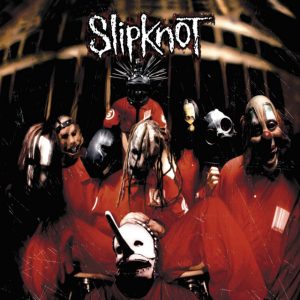
Slipknot’s Sensational Live Performances: A Symphony of Chaos and Catharsis
From the moment they hit the stage, it’s a spectacle unlike any other. The masks, the outfits, the intensity—it’s almost like they transport you to another realm. The band doesn’t just play music; they create an experience that’s rich in chaos and catharsis. You can’t help but feel the raw power emanating from instruments and vocals that hit you right in the gut.
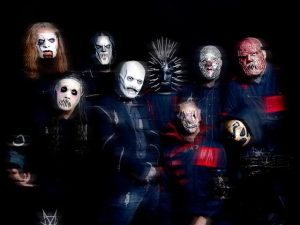
Behind the Masks: The Personal Stories of Slipknot’s Band Members Revealed
Take Corey Taylor, for example, the voice that erupts from behind the mask. His journey through childhood trauma, including bullying and personal loss, echoes through his lyrics. It’s like he’s using his art to transform pain into power. You start to realize these masks aren’t just for show; they’re deeply personal artifacts representing their history.
And then there’s Shawn ‘Clown’ Crahan. His artful chaos embodies his passion for creativity and catharsis. Clown experienced the heartbreak of losing a child, a reality that adds a heavy layer to his persona. His mask, vividly expressive, is a canvas that carries the weight of his sorrow and joy. Think of it as a way to communicate the unspeakable.
Each band member, from Mick Thomson’s shyness to Jim Root’s introspective nature, contributes their own unique backstory. They don’t just wear their masks; they wear the lives they’ve lived. And that’s what makes the band such a powerhouse. The cacophony of their music isn’t just noise; it’s a symphony of personal battles fought and won, an anthem for those feeling lost or unheard.
Frequently Asked Questions
When did Slipknot form and how have they evolved?
Slipknot is a heavy metal band formed in 1995 in Des Moines, Iowa. Initially known for their aggressive sound and theatrical performances, the band has evolved over the years by experimenting with different musical styles and expanding their lyrical themes. Their lineup has changed, with notable departures and additions, yet they remain influential in the metal genre, consistently pushing the boundaries of their artistry.
What is Slipknot’s musical style?
The band is known for its aggressive, high-energy sound that blends elements of heavy metal, hard rock, and alternative music. Their style incorporates complex rhythms, distorted guitars, and a blend of clean and harsh vocals, often enhanced by the use of unconventional instruments and theatrical performances.
What are Slipknot’s most popular songs?
Slipknot is known for a range of intense and powerful tracks that resonate with fans of heavy metal. Their most popular songs include ‘Psychosocial’, ‘Duality’, and ‘Wait and Bleed’, which showcase their unique blend of aggressive instrumentals and emotional lyrics. These tracks are often characterized by heavy guitar riffs, energetic drumming, and distinctive vocal styles, making them staples in the band’s discography.
What is the meaning behind Slipknot’s masks?
The masks worn by the band members serve as a form of self-expression, representing their individual personas and emotional states. They symbolize the idea of concealing one’s true identity while embracing chaos and anonymity in performance. Each mask reflects the member’s personal struggles and experiences, contributing to the band’s themes of duality and the human condition.
Who are the members of Slipknot?
The band consists of nine members, each with a unique role: Corey Taylor (vocals), Shawn ‘Clown’ Crahan (percussion), Jim Root (guitar), Mick Thomson (guitar), Paul Gray (bass), Chris Fehn (percussion), Craig ‘133’ Jones (samples and media), Alessandro Venturella (bass), and Jay Weinberg (drums). The lineup has evolved over the years, but their distinct masks and energetic performances are hallmarks of their identity.

